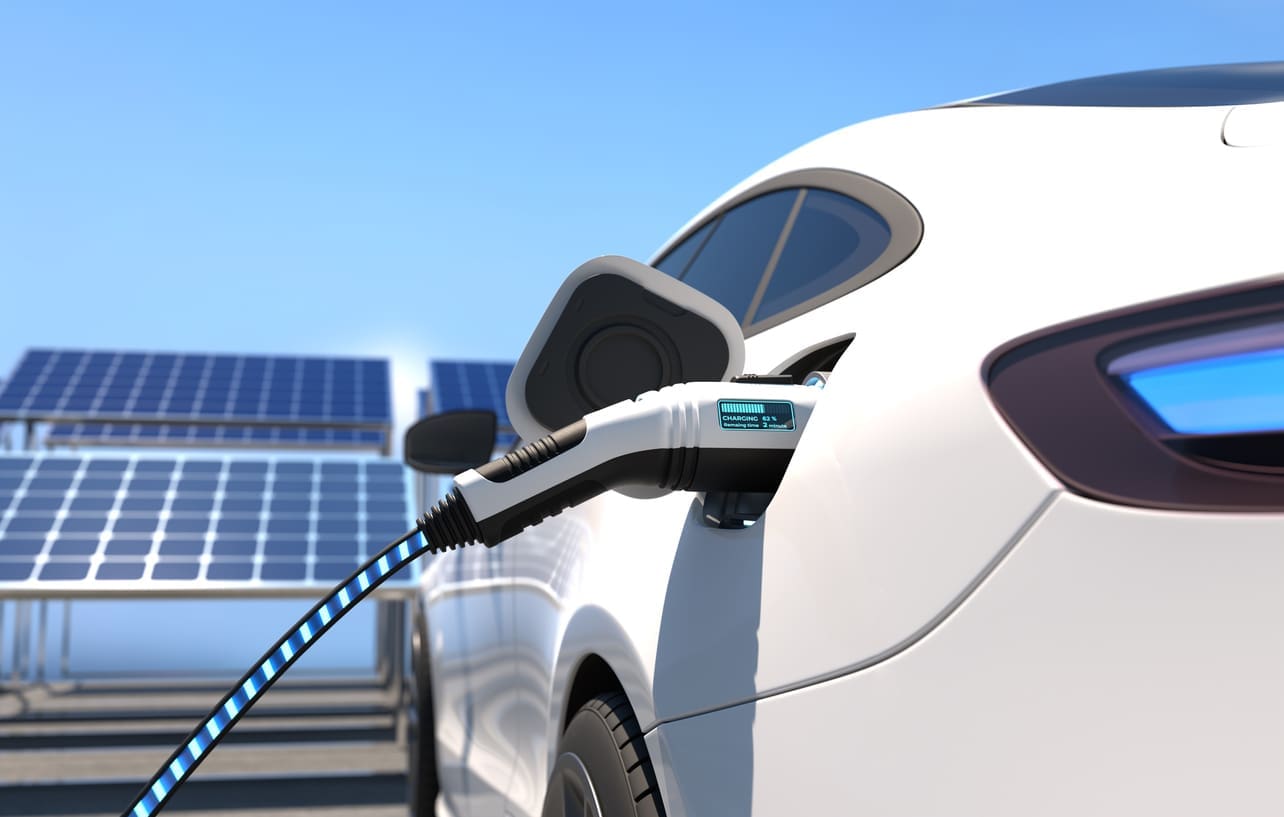To reduce carbon
emissions and invest in the energy security of the United States, the Inflation
Reduction Act of 2022 significantly changes the eligibility rules for tax
credits available for clean vehicles beginning in 2023.
Thinking of buying
a new car that would qualify for the Clean Vehicle Credit? If so, make sure you
know the rules put forth by the Internal Revenue Service and the Department of
the Treasury. Because there are a lot of them.
Taken directly from
the IRS website:
New Final Assembly
Requirement
If you are
interested in claiming the tax credit available under section 30D (EV credit)
for purchasing a new electric vehicle after August 16, 2022 (which is the date
that the Inflation Reduction Act of 2022 was enacted), a tax credit is
generally available only for qualifying electric vehicles for which final
assembly occurred in North America (final assembly requirement).
The Department of
Energy has provided a list of Model Year 2022 and early Model Year 2023
electric vehicles that may meet the final assembly
requirement. Because some models are built in multiple locations, there may be
vehicles on the Department of Energy list that does not meet the final assembly
requirement in all circumstances.
To identify the
manufacturer’s location for a specific vehicle, please search the vehicle
identification number (VIN) of the vehicle on the VIN Decoder website for the
National Highway Traffic Safety Administration (NHTSA). The website, including
instructions, can be found at VIN Decoder (nhtsa.gov/vin-decoder).
Transition Rule for
Vehicles Purchased Before August 16, 2022
If you entered into
a written binding contract to purchase a new qualifying electric vehicle before
August 16, 2022, but do not take possession of the vehicle until on or after
August 16, 2022 (for example, because the vehicle has not been delivered), you
may claim the EV credit based on the rules that were in effect before August
16, 2022. The final assembly requirement does not apply before August 16, 2022.
Vehicles Purchased and
Delivered Between August 16, 2022, and December 31, 2022
If you purchase and
take possession of a qualifying electric vehicle after August 16, 2022, and
before January 1, 2023, aside from the final assembly requirement, the rules in
effect before the enactment of the Inflation Reduction Act for the EV credit
apply (including those involving the manufacturing caps on vehicles sold). See the rule above if you entered into a written binding contract to purchase a new qualifying vehicle before August 16, 2022.
What is a Written
Binding Contract?
In general, a
written contract is binding if it is enforceable under State law and does not
limit damages to a specified amount (for example, by use of a liquidated
damages provision or the forfeiture of a deposit). While the enforceability of
a contract under State law is a facts-and-circumstances determination to be
made under relevant State law, if a customer has made a significant
non-refundable deposit or down payment, it is an indication of a binding
contract. For tax purposes in general, a contract provision that limits damages
to an amount equal to at least 5 percent of the total contract price is not
treated as limiting damages to a specified amount. For example, if a customer
has made a non-refundable deposit or down payment of 5 percent of the total
contract price, it is an indication of a binding contract. A contract is
binding even if subject to a condition, as long as the condition is not within
the control of either party. A contract will continue to be binding if the
parties make insubstantial changes in its terms and conditions.
Models that May Meet Final Assembly
Requirements
·
2022 Audi Q5
·
2022 BMW 330e
·
2022 BMW X5
·
2022 Chevrolet Bolt
EUV
·
2022 Chevrolet Bolt
EV
·
2022 Chrysler
Pacifica PHEV
·
2022 Ford Escape PHEV
·
2022 Ford F Series
·
2022 Ford Mustang
MACH E
·
2022 Ford Transit Van
·
2022 GMC Hummer
Pickup
·
2022 GMC Hummer SUV
·
2022 Jeep Grand
Cherokee PHEV
·
2022 Jeep Wrangler
PHEV
·
2022 Lincoln Aviator
PHEV
·
2022 Lincoln Corsair
Plug-in
·
2022 Lucid Air
·
2022 Nissan Leaf
·
2022 Rivian EDV
·
2022 Rivian R1S
·
2022 Rivian R1T
·
2022 Tesla Model 3
·
2022 Tesla Model S
·
2022 Tesla Model X
·
2022 Tesla Model Y
·
2022 Volvo S60
·
2023 BMW 330e
·
2023 Bolt EV
·
2023 Cadillac Lyriq
·
2023 Jeep Grand
Cherokee PHEV
·
2023 Jeep Wrangler
PHEV
·
2023 Lincoln Aviator
PHEV
·
2023 Mercedes EQS SUV
·
2023 Nissan Leaf







